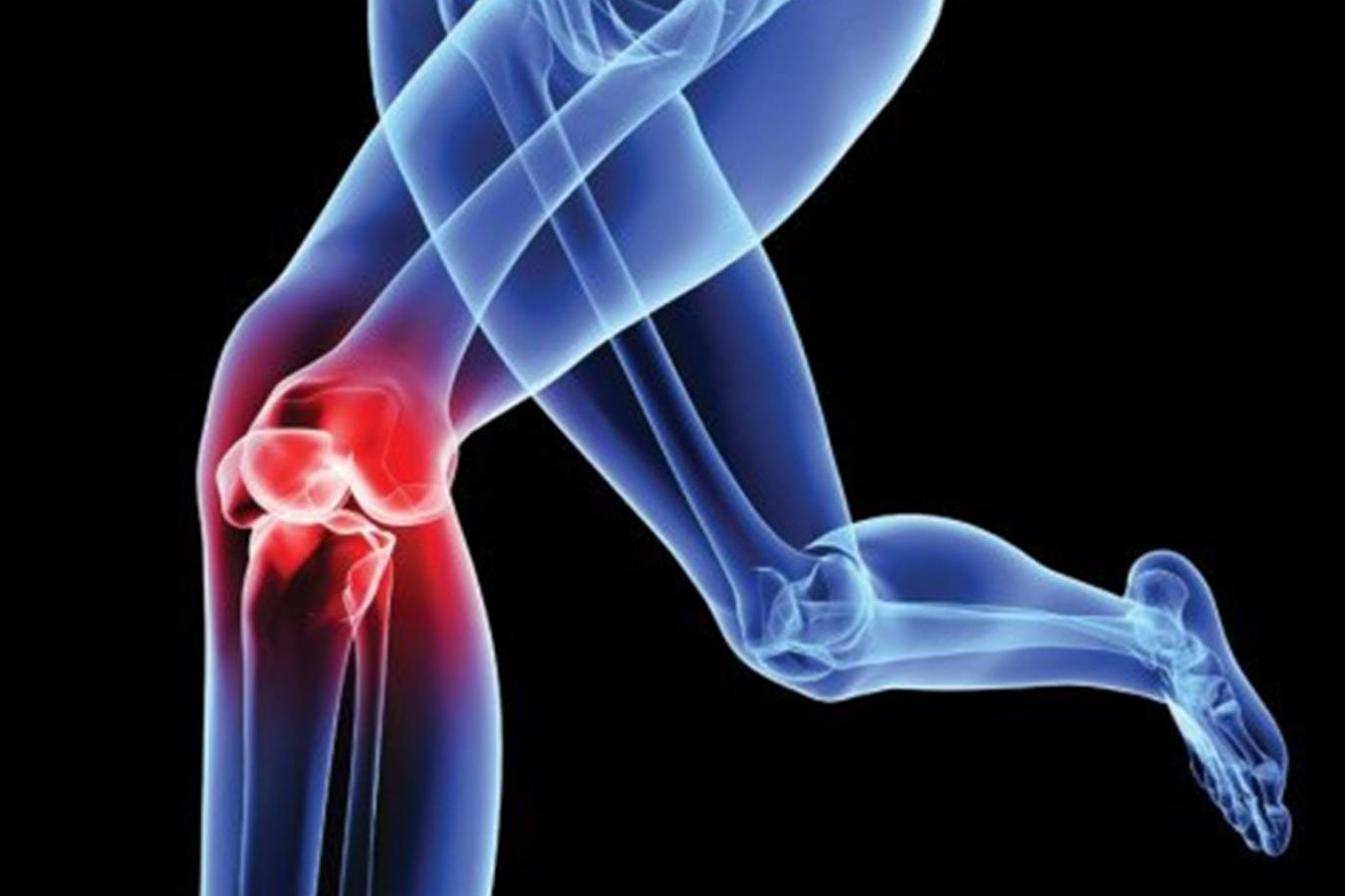
Treating injuries: when do I need a knee brace?
Knee injuries are very common, particularly among those who play sports, even if they are not necessarily competitive. The structures that make up the knee are easily put under stress, from the bones to the cartilage and ligaments
One of the usual treatments for injuries is the use of a brace, often combined with surgery if necessary.
Brace: useful after ligament and meniscus surgery
The use of a brace is particularly recommended to provide stability to the limb if the ligaments have suffered an injury, perhaps a real fracture.
When one or more ligaments rupture, for example the anterior cruciate and posterior cruciate, surgery may be necessary to reconstruct the fractured structure.
Usually in the month following the operation, the specialist prescribes a brace, which should be worn to help the rehabilitation process and not put a strain on the knee
The brace is also used after meniscus sutures, for about a fortnight, as it helps to keep the sutures on the cartilage discs protected during rehabilitation.
Functionality and stability problems: what are they?
Another situation in which the use of a brace is required is chronic ligamentous instability of the knee.
This is a condition of functional insufficiency of the ligaments, which is particularly problematic for those who play sports involving particular strain on the knee joint, such as skiing or tennis.
In these cases, and especially with advancing age or in individuals who have particularly weak ligaments, perhaps due to an old injury, it is recommended to use a brace to increase stability.
Another condition for which the specialist will recommend braces is patellofemoral syndrome.
In this case the joint will be stopped with an elastic knee brace, which is useful for centralising the kneecap and improving proprioception through compression of the skin, bearing in mind, however, that this does not change the biomechanics of the knee.
The same type of knee brace can also be used after injuries, usually for about ten days, to alleviate painful symptoms.
It is useless to use a brace as a preventive measure
Although it is not uncommon to use braces to avoid overloading the joint in the case of a varus or valgus knee, the literature does not establish their actual usefulness.
Read Also:
Emergency Live Even More…Live: Download The New Free App Of Your Newspaper For IOS And Android
Wrist Fracture: How To Recognise And Treat It
Carpal Tunnel Syndrome: Diagnosis And Treatment
Knee Ligament Rupture: Symptoms And Causes
Lateral Knee Pain? Could Be Iliotibial Band Syndrome
Knee Sprains And Meniscal Injuries: How To Treat Them?


